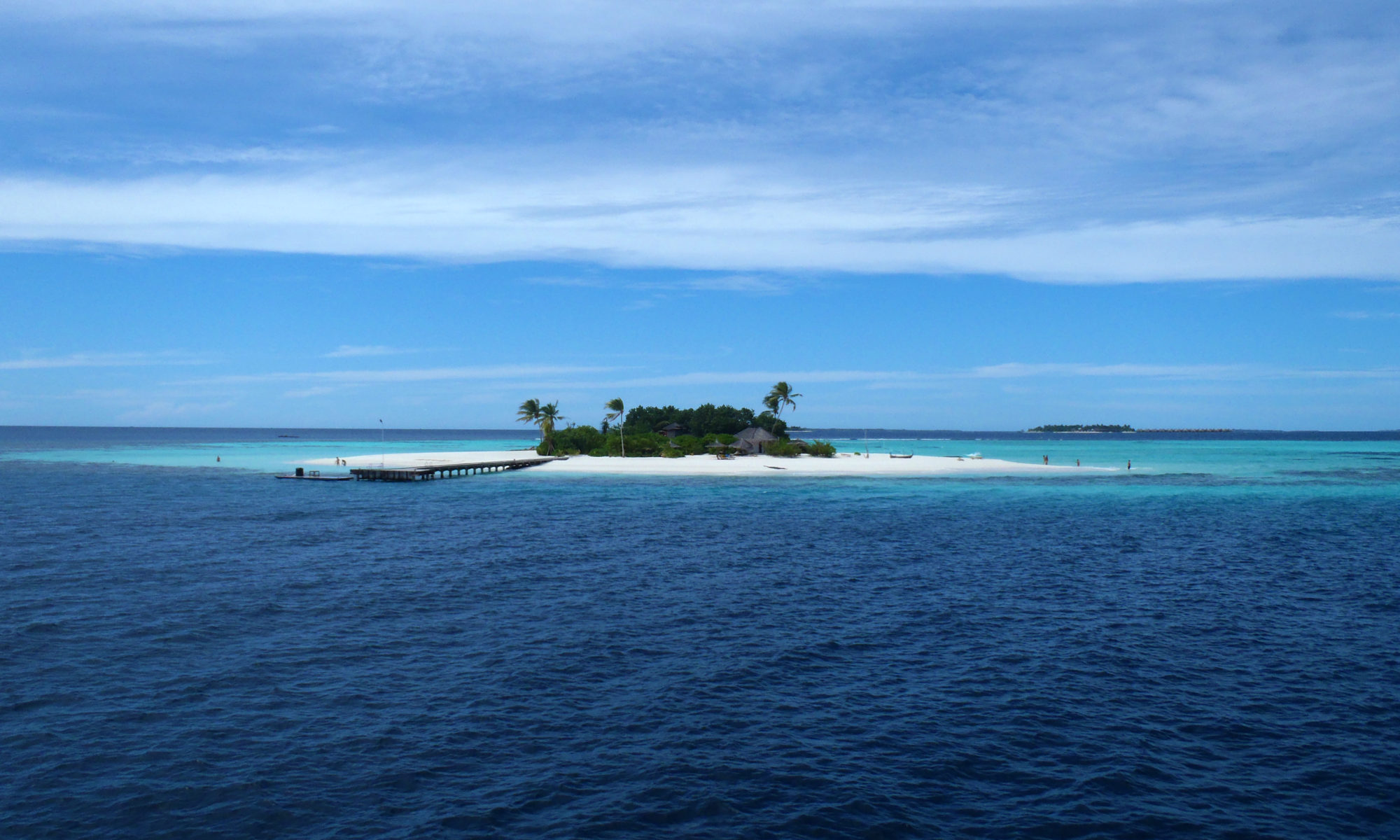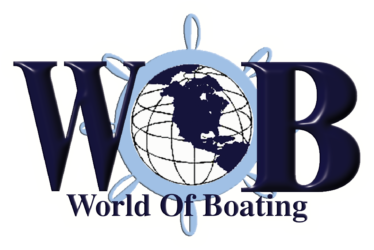

The world's first and only nationally syndicated radio show devoted to the boating lifestyle! World of Boating airs live every Saturday from 2-3pm EST on radio stations throughout the US and worldwide on the web streamed live and through archived podcasts. Each week the WOB crew navigate the latest boating news and information often combined with an irreverent twist. Listeners (referred to as the passengers on the show) can participate live at 1-888-828-BOAT, through emails, or by clicking on the “Get on the air” tab 24/7 right here at WorldofBoating.com.